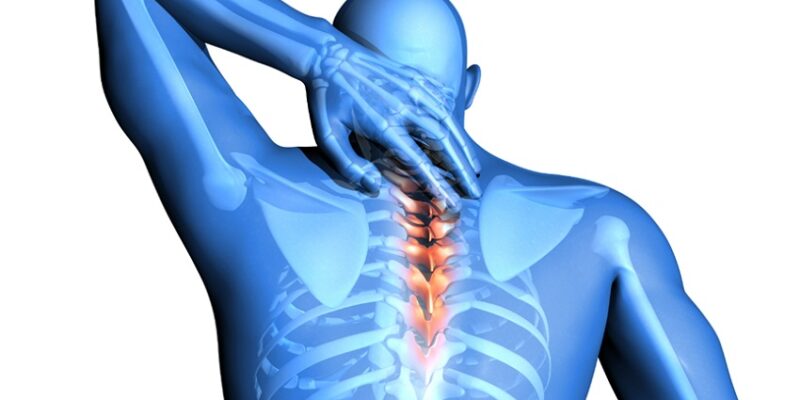If your patients are dealing with herniated discs, sciatica, degenerative disc disease, or spinal stenosis, non-surgical decompression may be a viable option for them. Non-surgical decompression is an effective combination of spinal traction and motion-based treatments that can help alleviate pain and improve mobility. However, it’s important to know who is a good candidate for this type of treatment before recommending it to patients. In this article, we’ll cover who makes a good candidate for non-surgical decompression.
The Benefits of Non-Surgical Decompression
Non-surgical decompression is a type of physical therapy that uses targeted traction and motion-based treatments to decompress the spine and reduce pain. It helps to create more space between the vertebrae, reducing pressure on compressed nerves or discs while also promoting healing of the area. The use of decompression chair therapy is highly effective in treating herniated discs, sciatica, degenerative disc disease, and spinal stenosis. Moreover, non-surgical decompression is a safe and non-invasive way to relieve pain without the need for surgery.
Who is a Good Candidate for Non-Surgical Decompression?
Non-surgical decompression is an excellent option for a wide variety of patients who may have pre-existing conditions or have had recent injuries. Generally, those who are dealing with herniated discs, sciatica, degenerative disc disease, and spinal stenosis are good candidates for this type of treatment. Patients who have had recent injuries, such as muscle strains or sprains, may also benefit from non-surgical decompression.
In addition to these medical concerns, there are other factors, such as age and overall health, that may influence an individual’s candidacy for non-surgical decompression. Generally, younger and healthier individuals who are not suffering from any pre-existing conditions are more likely to benefit from this type of treatment. So it’s important to consider all factors before recommending non-surgical decompression.
How Does Non-Surgical Decompression Work?
Non-surgical decompression is a series of treatments that involve the use of a decompression chair. During these treatments, the patient is placed in a seated position and strapped into the chair. Using various techniques, such as sustained stretching and pulsed traction, the chair applies a gentle, decompressing force to the spine. This helps to create more space between vertebrae and reduce pressure on compressed nerves or discs.
The treatments are typically done over the course of several weeks and can be combined with other physical therapy modalities, such as exercises and manual therapies, for maximum benefit. Lastly, patients can help to maintain the effects of non-surgical decompression through continued at-home exercise and stretching.
In Conclusion
We hope this article has given you a better understanding of who makes a good candidate for non-surgical decompression. This type of treatment is an excellent option for those dealing with herniated discs, sciatica, degenerative disc disease, and spinal stenosis. Moreover, it is a safe and non-invasive way to reduce pain without the need for surgery. So if you think a patient may benefit from non-surgical decompression, be sure to discuss this option with them.



Comments